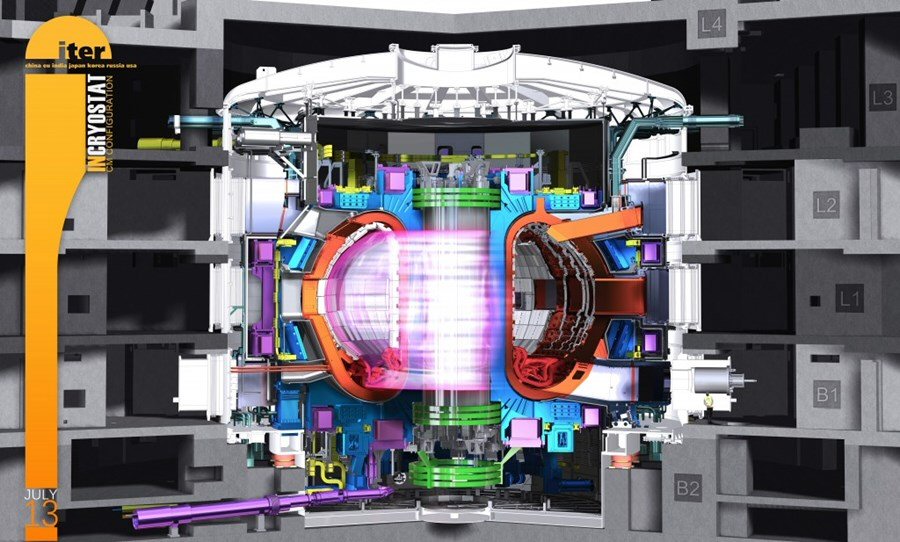Dec. 11, 2017 – By Steven B. Krivit
Return to ITER Power Facts Main Page
Recently, some organizations involved in the International Thermonuclear Experimental Reactor (ITER) program have corrected false and misleading information published on their Web sites, after reading articles published by New Energy Times.
This report summarizes the way that some ITER proponents have misled non-experts about the potential power output of the ITER experimental nuclear fusion reactor, once it becomes operational. The misrepresentation is not exclusive to ITER; it has been a systemic problem in the fusion community for decades. ITER is simply the largest and most recent fusion project.

Specifically, the proponents conflated the power gain ratio of the plasma (technically known as the fusion Q) with the power gain ratio of the device (technically known as the engineering Q). They took the value for Q-fusion and convinced non-experts that it was the value for Q-engineering. They did this not only by switching the Q-values but also by hiding the actual input power required for the reactor. This report also identifies people and organizations who have published false statements about the ITER design and function based on the information they were given by the ITER organization.
A decade ago, Neil Calder, a former ITER spokesman, taught attendees at his international communicators’ workshop how to promote ITER to the world:

False and misleading 2008 statement by Neil Calder, former head of ITER public communications (Source)
Continue reading »





